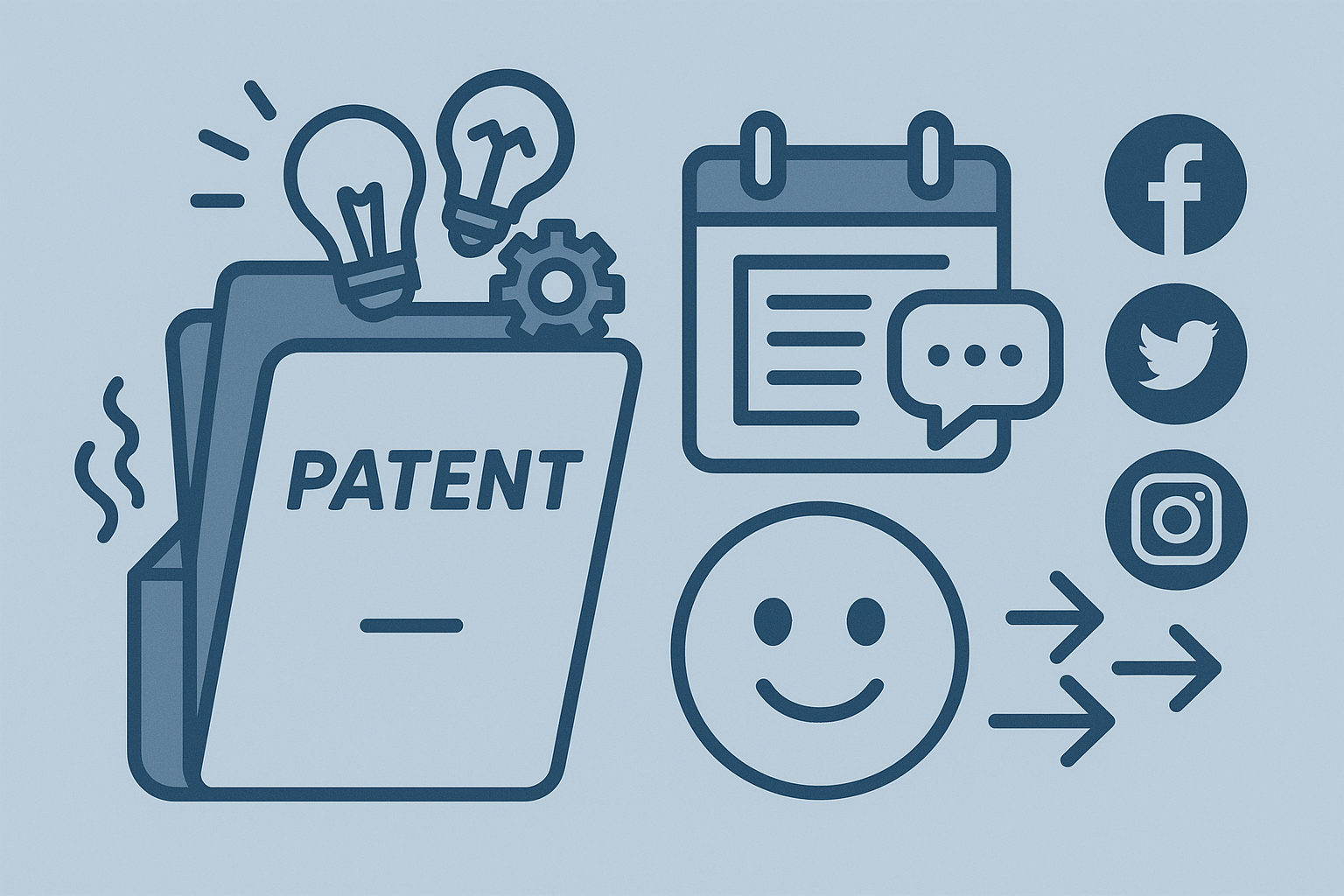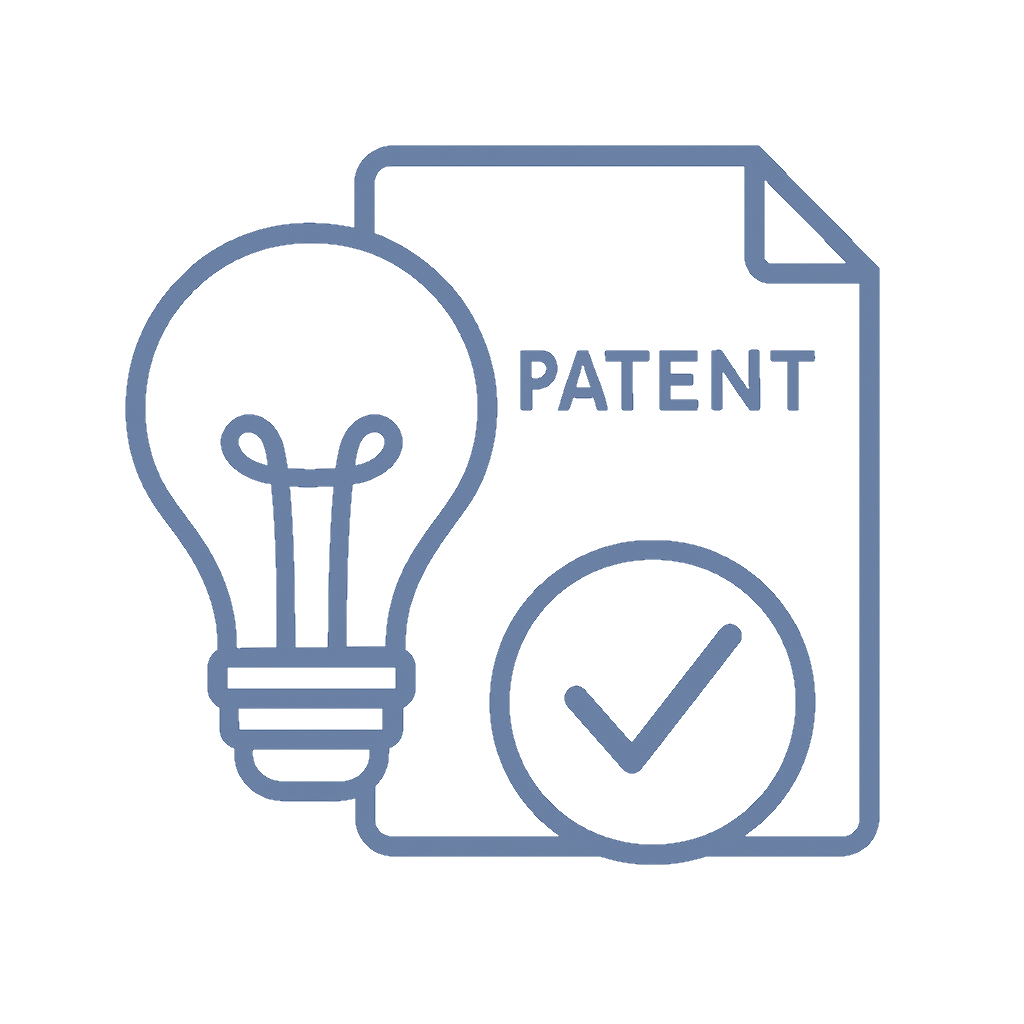📌 Quick Summary
1-Sentence Answer
Yes, you can put multiple inventions in one patent application—but expect the USPTO to call you out for overstuffing and make you split them up later!
The Article Overview
This article explores the ins, outs, and sneaky tricks behind combining multiple inventions in one patent application. We’ll unpack cost-saving tactics, examiner headaches, expiration date drama, business risks, investor perceptions, and how startups can play the patent game wisely. Plus: real examples, step-by-steps, and a sprinkle of legal humor.
❓ Common Questions & Answers
Q1: Can I file one patent application for several inventions?
A: You can try, but the USPTO examiner will likely require you to split them if they're distinct. It's a “file now, separate later” situation.
Q2: Why would anyone want to combine inventions in one application?
A: Mainly to save on filing and examination fees! One application means one set of fees—at least until the examiner steps in.
Q3: Will combining inventions affect my patent’s value?
A: It can. Investors often prefer seeing multiple patents; one “stuffed” patent might look less impressive.
Q4: What’s the risk of squeezing in too much?
A: You might end up with the same expiration date for all inventions, risk office action delays, and potentially confuse investors or partners.
Q5: Is it ever a good idea to combine inventions?
A: If your inventions are just variations on a single idea, yes! If they’re totally different—probably not.
📜 Step-by-Step Guide
Step 1: Inventory Your Inventions
List your inventions and honestly ask: are these different inventions or variations on one theme?
Step 2: Draft Your Application
If variations, describe them in one application. If distinct, weigh combining versus filing separately.
Step 3: File with the USPTO
Submit your application and pay the fees (micro entities currently pay about $400 for the basics).
Step 4: Await Examiner Review
The examiner will review your claims. If multiple inventions are detected, expect a “restriction requirement” notice.
Step 5: Respond & Split if Needed
If the USPTO requires you to split, you’ll file “divisional” applications for each invention—extra work, but sometimes strategic.
Step 6: Track Expiration Dates & Status
Remember: all claims in the same application share the same expiration date. Plan for this in your IP strategy.
📖 Historical Context
The temptation to stuff multiple inventions into one patent application isn’t new. In fact, as long as patents have existed, inventors have looked for ways to stretch their IP dollars. The USPTO and its predecessor offices have always wrestled with balancing cost-effective protection for inventors and the need for clear, enforceable claims.
Back in the late 19th and early 20th centuries, the U.S. Patent Office routinely received “kitchen sink” applications—a single filing containing every conceivable widget and gizmo. This chaos led to the modern “unity of invention” standard, requiring each application to focus on one inventive concept unless closely related. The examiner’s dreaded “restriction requirement” evolved as the official tool to make applicants choose—split your application or get rejected.
For startups, the cost and speed pressures have only increased. Today, especially with micro-entity discounts and a fast-paced innovation cycle, startups are often tempted to combine inventions and buy time before dividing them out. The USPTO still reviews thousands of “stuffed” applications every year, proving that some patent strategies never go out of style—no matter how many times the examiner sighs.
🏢 Business Competition Examples
1. Google
Google has famously filed massive “omnibus” patent applications covering various search algorithms, only to split them after receiving USPTO pushback. This allowed them to prioritize the most valuable claims.
2. Tesla
Tesla often groups related EV innovations in a single application for initial cost savings, then splits into separate filings as the tech matures or gets licensed.
3. Small Biotech Startup (Generic Example)
A biotech startup files a single application covering three gene-editing techniques. After a restriction requirement, they end up with three separate patents—impressing investors with a “portfolio” instead of a single application.
4. Apple
Apple sometimes files broad “parent” applications with variations on device design. When the USPTO restricts, Apple divides these into multiple patents, maximizing coverage for their product lines.
💬 Discussion Section
Let’s face it: stuffing your patent application with more than one invention is the IP version of overloading your suitcase before a vacation. Sure, you can do it, and you might save some bucks up front, but the TSA (or in this case, the USPTO) will almost always flag you for extra inspection. So, why do startups, inventors, and even Fortune 500 companies keep trying?
Cost savings, mainly. Filing and examining a patent isn’t cheap. For micro entities, the fees are more manageable, but if you have multiple inventions cooking in the R&D kitchen, those costs add up. The logic goes: “Let’s file them together, then split only if the examiner makes us.” It’s not a bad idea—unless your inventions are truly unrelated, in which case you’re just kicking the can (and fees) down the road.
But here’s the catch: the examiner isn’t fooled. The “unity of invention” rule is alive and well. If the inventions are unrelated, you’ll be forced to file “divisional” applications, each with its own fees and examination. Plus, all claims get the same expiration date—so if you’re trying to extend the life of some inventions, you lose that advantage.
Strategically, there are pros and cons. If your inventions are variations on a theme—say, three ways to brew better coffee—grouping them makes sense. But if you’ve invented both a coffee maker and a self-driving car? Keep them separate. Otherwise, the examiner (and possibly your investors) will wonder what you’ve been drinking.
Investor optics matter. Having several patent applications looks more impressive than a single, all-in-one “kitchen sink” filing. Investors and partners like seeing a portfolio—they see value in numbers, even if it’s the same IP split up.
The bottom line: Think before you stuff. Sometimes it’s clever, sometimes it’s costly, and sometimes it’s just confusing for everyone. If in doubt, talk to a patent attorney (and maybe leave your coffee-fueled inventions for a second round of filings).
⚖️ The Debate
Side 1: Combine for Cost Savings!
Why pay more when you don’t have to? Filing one application for multiple inventions is efficient, saves money, and lets startups buy time before making tough decisions about what’s worth pursuing. Plus, the USPTO might just let it slide—if the inventions are close enough!
Side 2: Split for Strategy and Value!
A “stuffed” application risks examiner headaches, synchronization of expiration dates, and weaker investor optics. Having multiple applications/patents looks better to partners and gives more flexibility in licensing and enforcement. It’s worth the upfront investment to file separately.
✅ Key Takeaways
-
Yes, you can stuff—but the USPTO may force you to split.
-
Cost savings are real, but so are the risks (fees, delays, investor perceptions).
-
All claims in one app = same expiration date.
-
Variations? Fine to combine. Unrelated inventions? Split ’em.
-
A strategic patent portfolio beats a “kitchen sink” any day.
⚠️ Potential Business Hazards
-
Risk of all inventions expiring at the same time.
-
Surprise restriction requirements (extra fees, delays).
-
“Kitchen sink” filings can look weak to investors/partners.
-
Missed opportunities for broader IP protection and portfolio value.
❌ Myths & Misconceptions
-
Myth: “The USPTO will never notice if I combine inventions.”
Fact: Examiners are trained to sniff this out (and they have coffee). -
Myth: “Combining always saves money.”
Fact: You may end up paying more in fees and attorney time later. -
Myth: “One patent is as good as several.”
Fact: Investors value portfolios, not overstuffed patents. -
Myth: “All my inventions are variations, so I’m safe.”
Fact: Only true if the variations are closely related in purpose. -
Myth: “I can’t fix it if I overstuffed.”
Fact: Divisional applications let you fix, but with extra effort and expense.
📚 Book & Podcast Recommendations
-
“Patent It Yourself” by David Pressman
https://www.nolo.com/products/patent-it-yourself-pat.html -
“Patently Strategic” (Podcast, Aurora Consulting)
https://aurorapatents.com/patently-strategic-podcast/ -
“Patent Pending in 24 Hours” by Richard Stim & David Pressman
https://www.nolo.com/products/patent-pending-in-24-hours-pat24.html -
“IP Fridays” (Podcast, Rolf Claessen & Ken Suzan)
https://www.ipfridays.com/
⚖️ Legal Cases
-
In re Orita (1983)
Summary – Clarifies the USPTO’s right to require divisional applications if multiple inventions are in one filing. -
Monsanto Co. v. Syngenta Crop Protection, Inc. (2007)
Summary – Discusses how divisional patents play into infringement disputes and portfolio strategy. -
Ex parte Willingham (1941)
Summary – Shows how restriction requirements can affect claim scope and strategy. -
In re Haas (1943)
Summary – Addresses the importance of unity of invention in U.S. patent filings.
📣 Expert Invitation
Got questions, want to maximize your IP portfolio, or just need to vent about the USPTO’s obsession with splitting things up? Visit http://inventiveunicorn.com to connect with an expert and get a free consultation.
🔚 Wrap-Up Conclusion
Stuffing your patent application with more than one invention sounds like a clever hack—but it’s a classic “short-term gain, long-term pain” situation. The USPTO’s examiners are on the lookout, your investors want portfolio value, and the clock is always ticking on your IP. The best move? Get advice, file smart, and remember: sometimes it pays to leave room in your suitcase for separate journeys.











